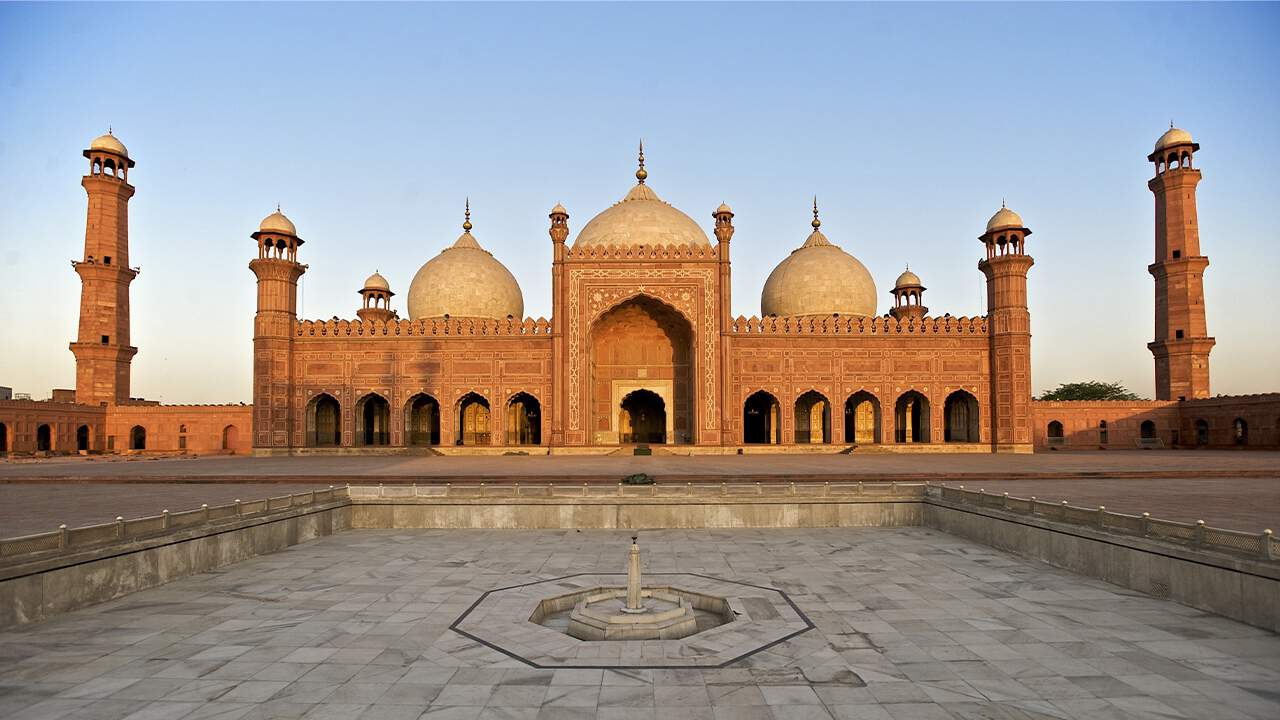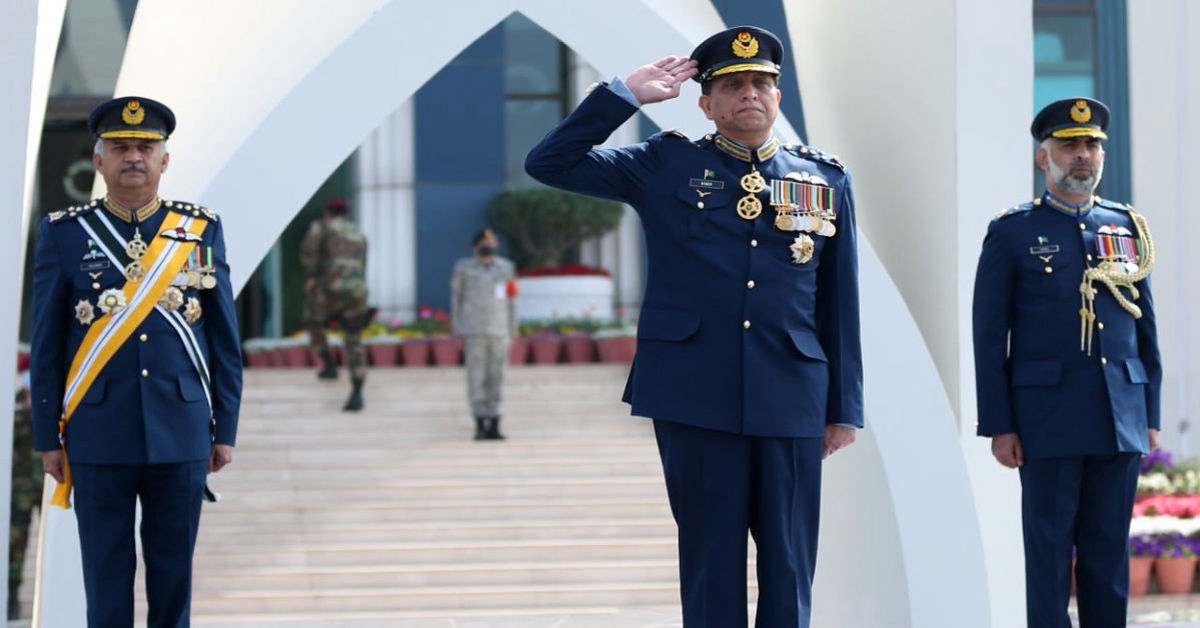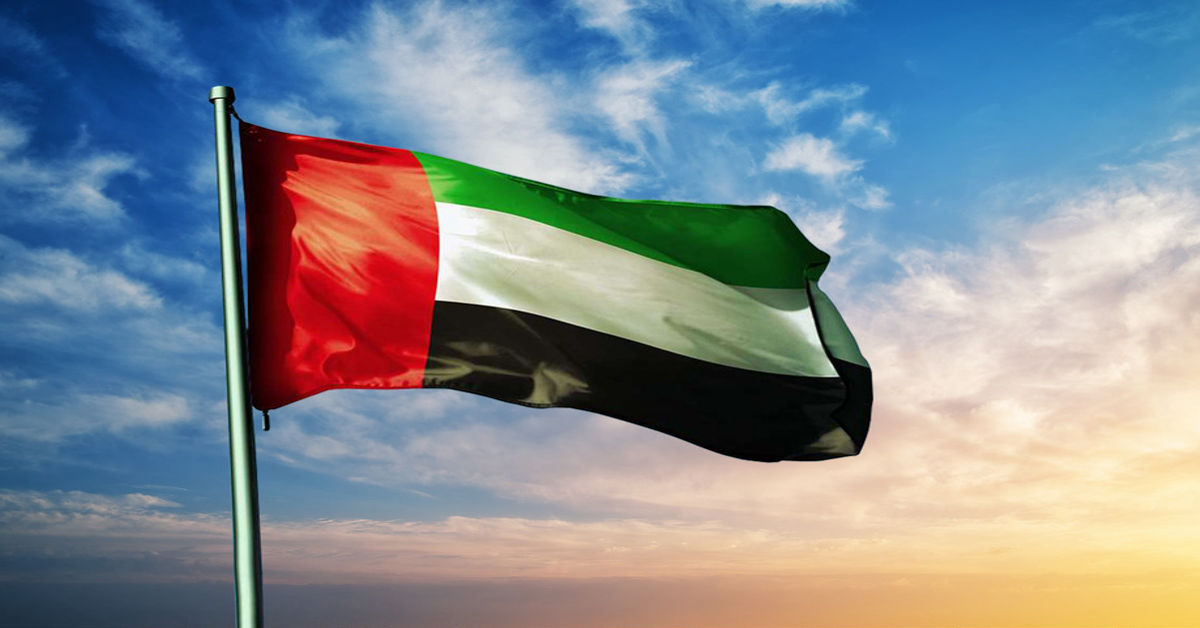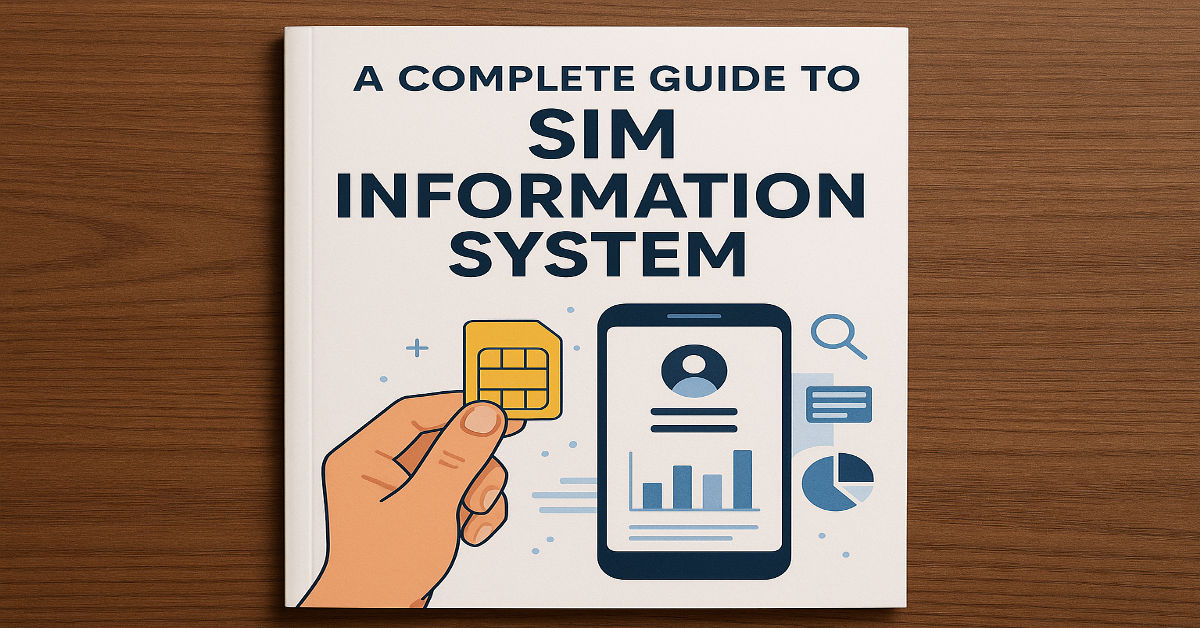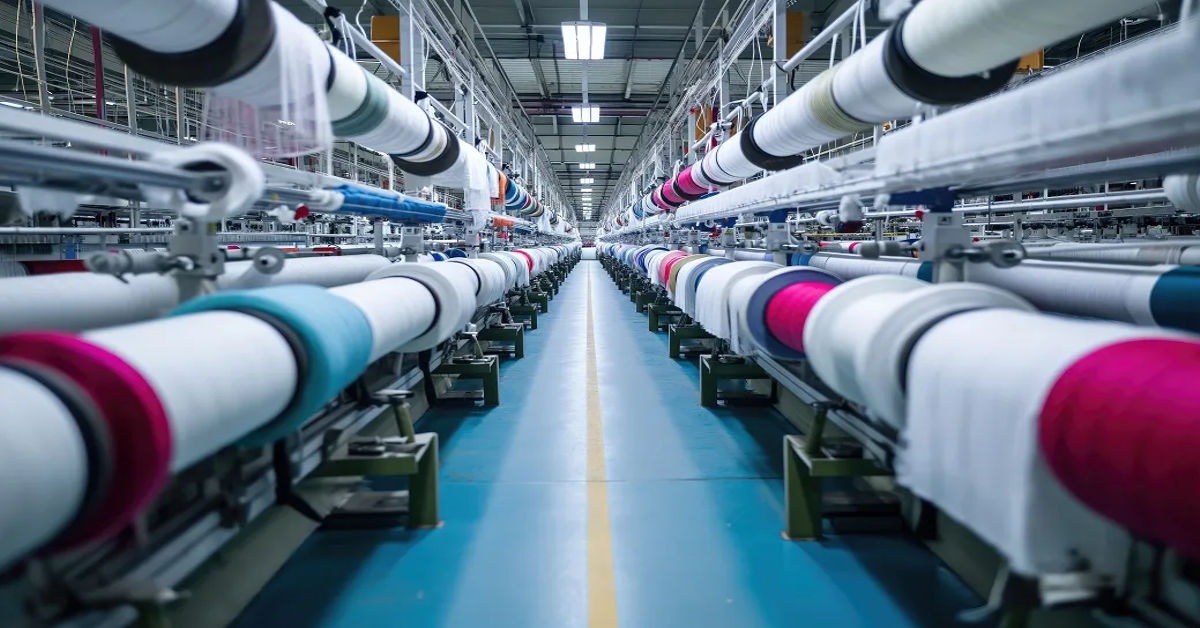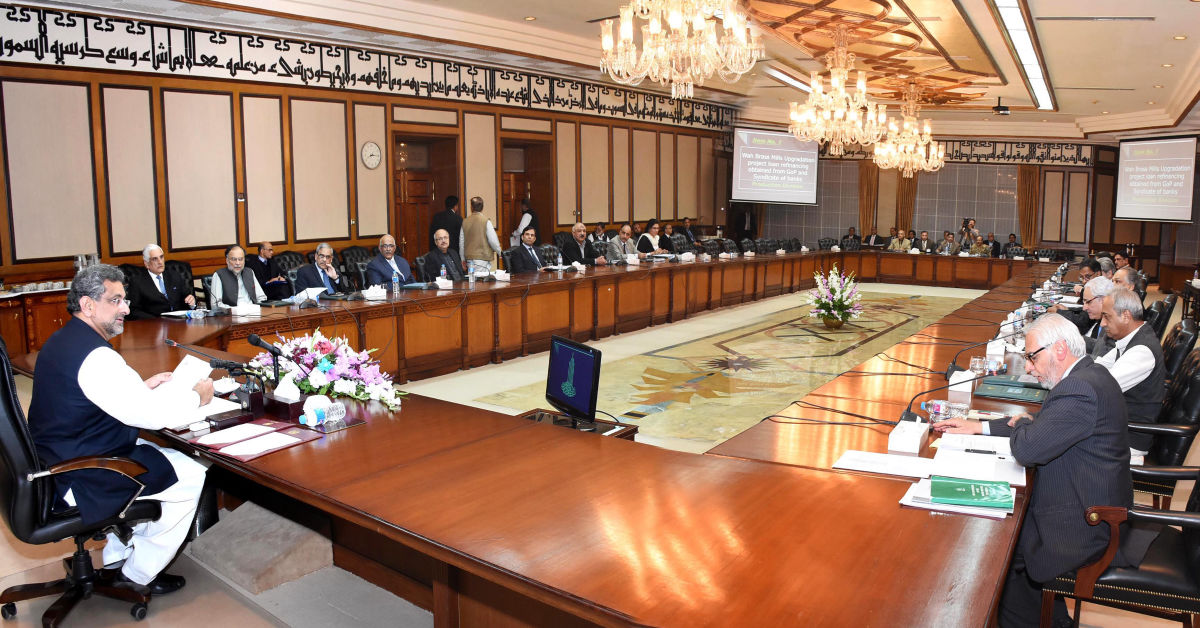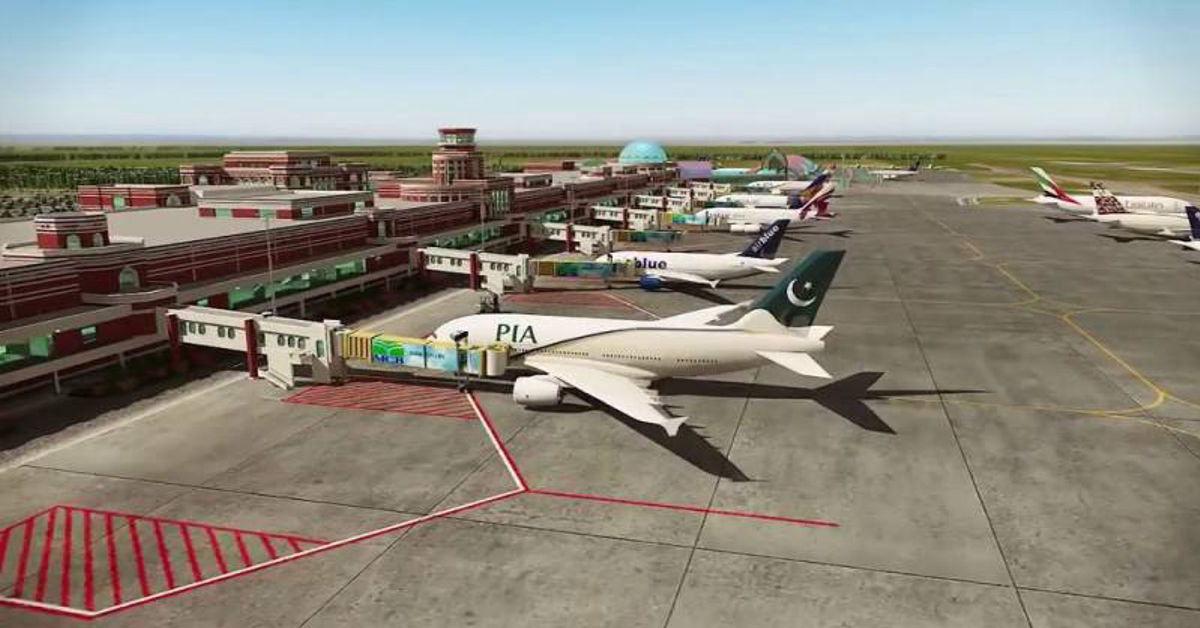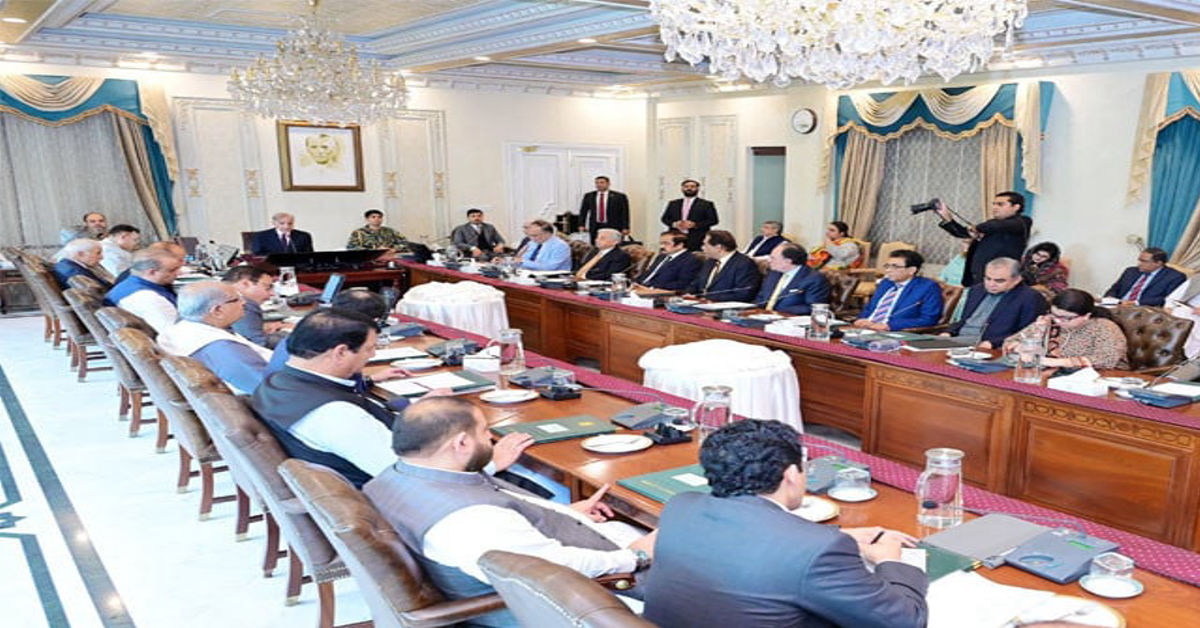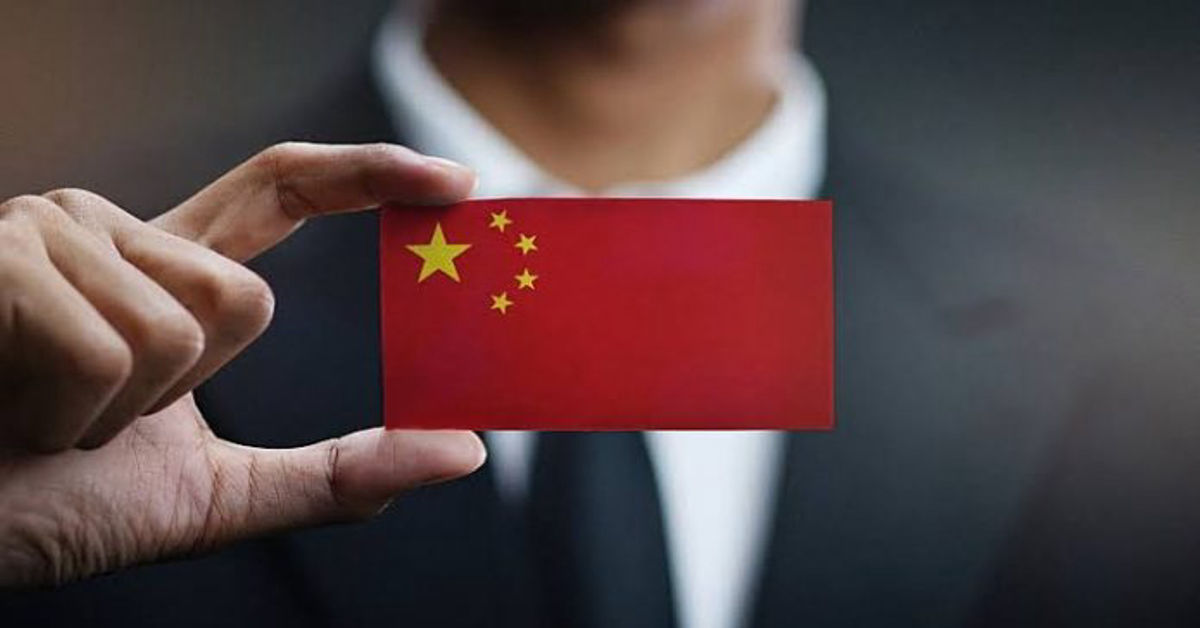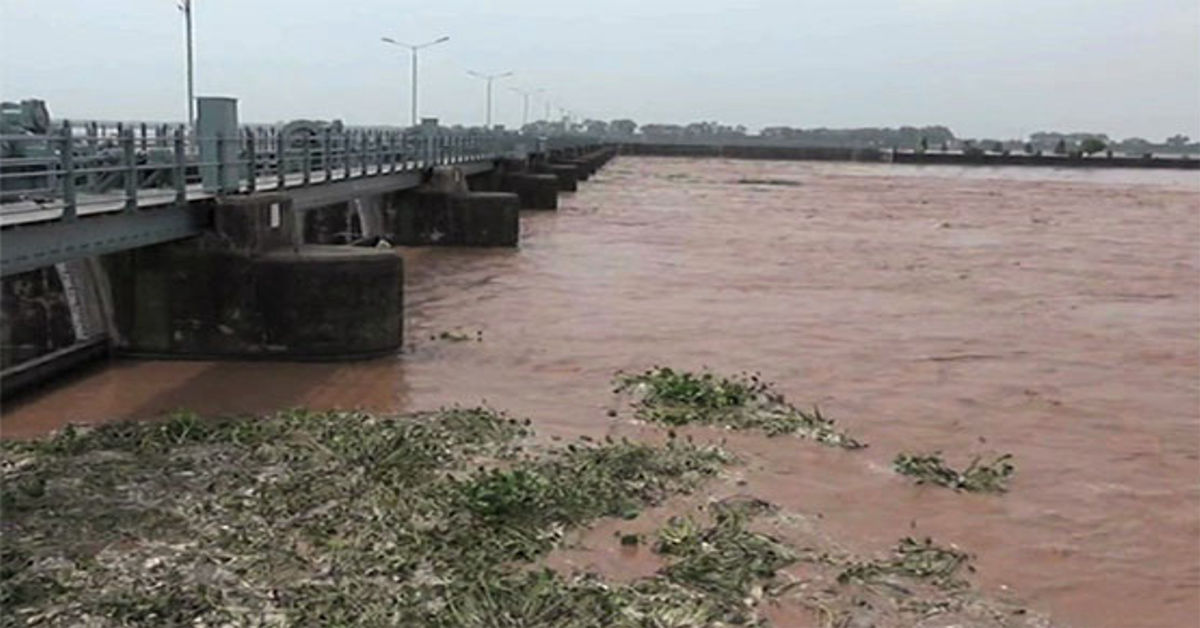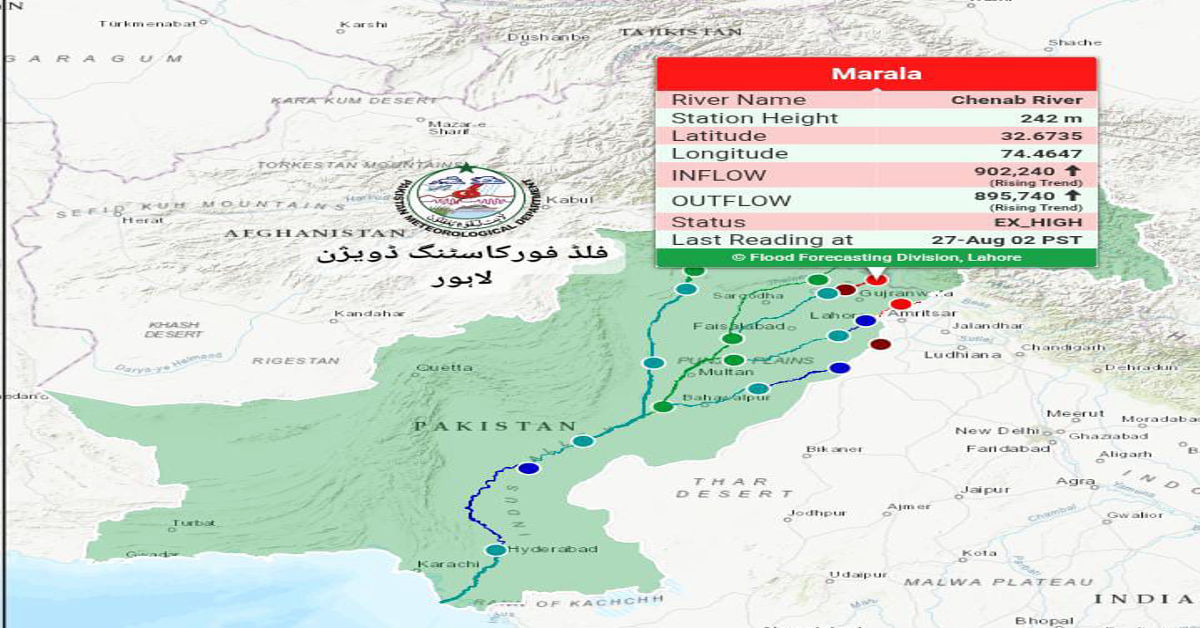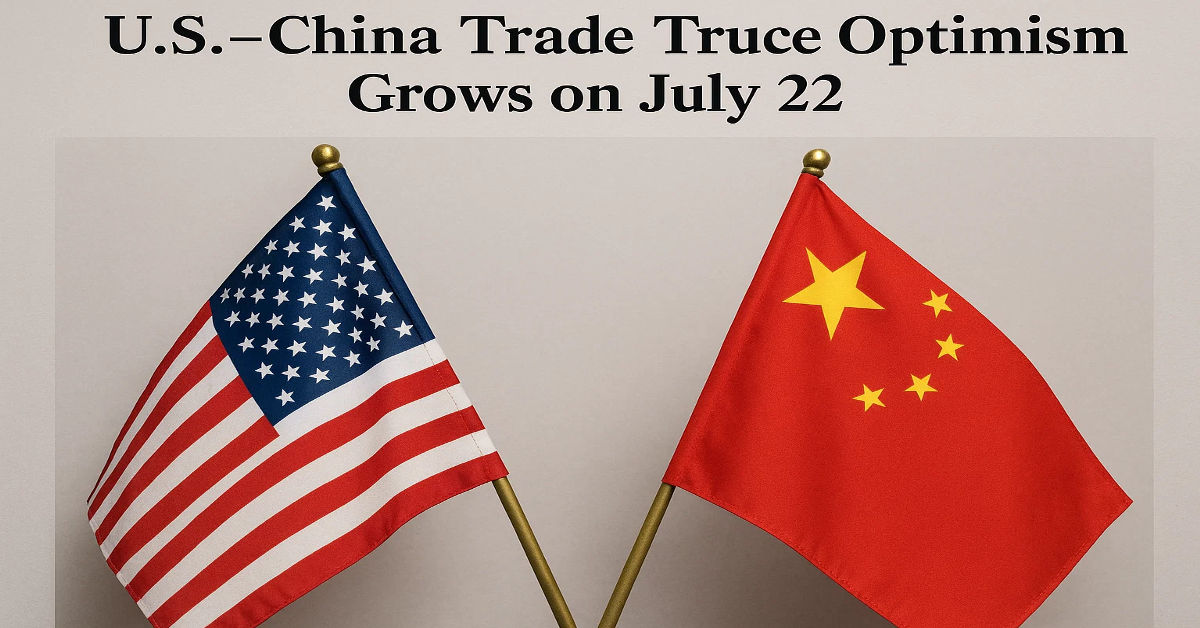
In a very audacious and good political maneuver the Government of Pakistan has presented a five-year tariff reform strategy that entails cutting out or removing importation duty on more than 7000 items. This portfolio is meant to enhance an industrial setting in the country, reduce the cost of production, and competitiveness in exports. This tariff reform seeks to remove the complicated tariff system in Pakistan that over the years has been a hindrance in the growth of industries and integration in the global trade. The government aims at opening up the potential of all domestic industries by reducing import tariffs particularly those industries that are dependent on imported raw materials and equipment. The change of this policy is a significant switch to an export-driven growth policy rather than an import -substitution policy.
Strategic Phase Reductions
The government has designed the tariff reform as a phased procedure to ensure smooth implementation with minimal disturbance. In the first year of the plan, it will abolish duties on more than 4,000 items and significantly reduce duties on hundreds of other items. Authorities will phase out Extra Customs Duties (ACD) and Regulatory Duties (RD), which they consider unnecessary and inflationary. They will also restrict high duty groups and gradually eliminate them altogether. Such a gradual measure points to the fact that the government wanted to balance between the need in revenue and further industrial change. It further offers the industrial sector time to adjust, review their pricing models, and strategize their production in a better competitive way.
Duties Structure Rationalization
The reform aims to simplify the current tariff structure, which previously included numerous slabs ranging from 0% to over 20%. The authorities will revise this structure and divide it into just four slabs: 0%, 5%, 10%, and 15%. The government has also aimed at creating transparency and predictability in the system by putting a limit to the highest rate of import duty which shall only be 15 percent. The action particularly comes in handy to small and medium enterprises (SMEs) that have been battling with a fluctuating duty rate over the years. An easier system will also improve the cost of doing businesses, efficiency, and compliance in the customs processing.
Enhancement of Domestic Sector and Production
The most important beneficiary of this reform is industries that use imported raw materials, part and machines. The chemical, pharmaceutical, electronics and textile sectors are to experience lower costs of inputs as a result of reduction of duties. This will enable the manufacturers to supply prices that are more competitive in the international markets and this leads to more production capacity. It is the expectation of the government to make the manufacturing inputs cheaper so as to create an environment which facilitate employment generation, transfer of technology and direct foreign investment. This policy will promote value-added manufacturing and reduce the country’s dependency on imported finished goods by ensuring the ready availability of high-quality, low-priced raw materials.
Consumer Goods will be Made Cheaper
Besides industrial products, the reform will incorporate numerous consumer products including cosmetics, personal care products, clothing, footwear and electronics. The government is also trying to curb inflationary forces by decreasing the import tariffs imposed on such products so that people can afford the goods at a lower cost. The basic necessities of life such as shampoos, shaver razors, bags, sunglasses, and even shoes should get cheaper. This not only brings relief to the normal citizens but it also enhances the living standards. It is also in line with the global practices with regard to taxation of luxury and lifestyle goods that should not be highly taxed.
Promoting Export-led Growth
The government directly connects this policy change with its overall economic strategy, aiming to strengthen exports and reduce the trade deficit. Through reducing the cost of the inputs and ensuring that the local industries are more competitive globally, Pakistan can get a larger portion in the international markets. The export basket now is focused very much on textile, and the changes in the duties will enable diversification of the exports in broad areas such as: engineering goods, information technology, and pharmaceuticals. The increase in exports will increase foreign exchange earnings leaving more space to build a stable economy. The idea behind this reform is based on the realization that protectionism is more likely to bring about inefficiencies and open trade becomes more innovative and competitive.
Collaboration in Industry and Openness of Policies
In order to implement the success of the reform, the government has interacted with stakeholders working in several spheres, manufacturers, importers, and trade associations. The authorities have established a steering committee to manage the implementation process, review challenges, and revise the plan where possible. This broad-based approach marks a positive shift toward evidence-based and transparent policy making. The government is also ensuring that the reforms are effective through listening to the industries and making them practical. It also improves confidence between the individual sector and the government, which is the key to economic collaboration and investment in the long term.
What Lies to be done to the Economy and How?
Even though the reforms are visionary, there are short-term problems associated with it especially the possibility of loss of revenue due to decrease duties. The government will compensate this by extending the base, trade base and enhances systems of collecting taxes. There is a probability that with time the revenue through sales tax and income tax is likely to be able to fill the gap left by the lack of customs duties owing to increased imports and local manufacturing. Furthermore, the effects in the long run like increased exports, industrial development and employment avenues will comfortably outdo the shortage of revenue in the short run. Management of the transition will be very important by proper monitoring and policy adjustments.
A Step to International Competitiveness
This action brings Pakistan to the World trends, which are the reduction of tariffs by nations promoting the industrialization of various sectors and internationalization of their economies by allowing international trade. Pakistan is sending a clear message of its interest in playing a larger role in global supply chains by cutting down needless obligations. The government is creating a reformed tariff environment to attract investors seeking cost-effective manufacturing destinations. With these reforms, international bodies are also likely to rank Pakistan higher in global trade and ease of doing business indexes. With an increasingly liberalized trade and an enhanced industrial productivity, the country will be in a better position to survive in the international front.
Conclusion
Import duty reduction on 7,000 different items is the historic and revolutionary decision to strengthen Pakistan economy. It is a transition of the old protectionist interests to the new strategy of an export-oriented modern growth. The advantages are numerous: the cost decrease of industries, low prices of consumer goods, improving the competition, and expanding the participation in international trade. Although there are still short-term fiscal issues, on the long run, the forecast is promising and positive. When properly enforced and with an assisting hand of all the interested parties and continuity to the policy, reform has a chance to open new horizons of industrial and economic progress. Pakistan has finally set its foot on direction with an aim of getting a more open, efficient and a globalized economy and now all that needed is implementation.



